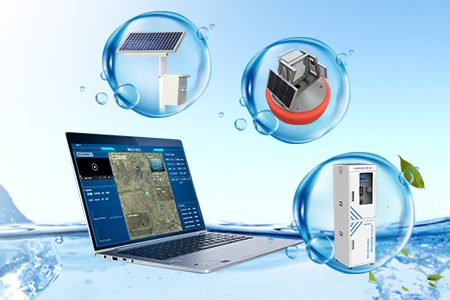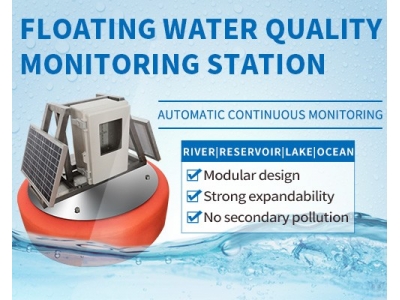
Smart water quality monitoring system using IoT
Water Quality Monitoring (WQM) is an economical and efficient drinking water quality monitoring system designed using Internet of Things (IoT) technology.

Water Quality Monitoring (WQM) is an economical and efficient drinking water quality monitoring system designed using Internet of Things (IoT) technology.
The rapid development of wireless communication promotes the emergence of new sensor functions. Current developments in the field of sensor networks are very important for environmental applications. The Internet of Things (IoT) allows connectivity between various devices, with the ability to exchange and collect data. Since water is one of the basic needs of human survival, there needs to be some mechanism to monitor water quality in real time. About 40 percent of the world's deaths are caused by contaminated water. It is therefore necessary to ensure access to purified drinking water for people in both urban and rural areas. Water Quality Monitoring (WQM) is an economical and efficient drinking water quality monitoring system designed using Internet of Things (IoT) technology.

The water quality monitoring system proposed in this paper consists of several sensors to measure various parameters such as pH, turbidity in the water, residual chlorine, ammonia nitrogen, temperature and humidity of the surrounding atmosphere. In addition, microcontroller units (MCU) connect to these sensors and perform further processing on a personal computer (PC). The collected data is sent to the cloud for water quality monitoring based on wireless transmission.

Freshwater is a world resource that is a gift of nature and important to farming, manufacturing, and the life of human beings on earth. Currently, drinking water facilities face new real-world problems. Due to the limited drinking water resources, intensive money requirements, growing population, urban change in rural areas, and the excessive use of sea resources for salt extraction has significantly worsened the water quality available to people. The high use of chemicals in manufacturing, construction and other industries, fertilizers in farms and also directly leaving the polluted water from industries into nearby water bodies have made a huge contribution to the global water quality reduction, which has become an important problem. Even due to containment water various water born are increasing day by day, due to which many human beings are losing their lives.

Traditional water quality testing is done manually, collecting water samples and sending them to a laboratory for testing, which is a time-consuming, costly and human resource process. This technique does not provide real-time data. The water quality monitoring system is composed of a microcontroller and a basic sensor. It has a compact structure and can detect pH value, turbidity, ammonia nitrogen, temperature, dissolved oxygen and other parameters. It is very useful to send data.
The on-line water quality monitoring system is widely used in wastewater monitoring, chemical fertilizer, metallurgy, sewage treatment, pharmaceutical, biochemistry, food and tap water and other solutions of continuous numerical monitoring.